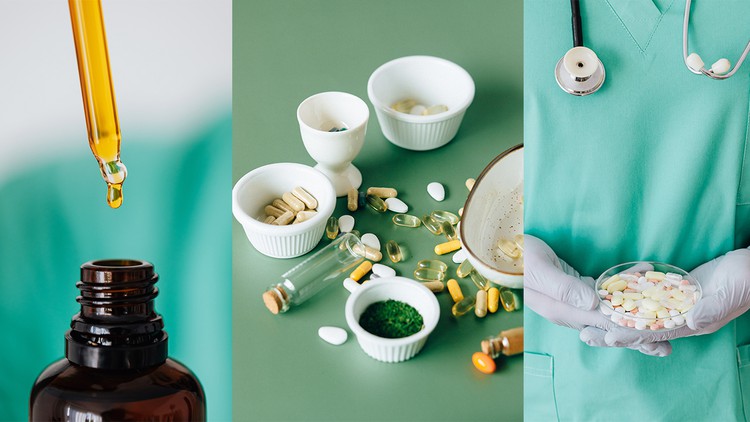
Learn about how drugs are made and the science behind dosage form design with a top pharmaceutical professional.
What you will learn
Learn how to THINK like a pharmaceutical scientist or a compounding pharmacist
Have insight into the pharmaceutical industry, pharmacy, and drug manufacturing process
See how drugs, such as tablets, coated tablets, capsules, powders, and granules, are made
Learn the science of dosage form design, microbiology, sterilization, pasteurization, and drug stability
Understand the science behind dosage form design, dosing regimen, particles and powder, and solutions
Relate pharmaceutical drugs and their use with real life examples and applications
And many, many more…..
Description
Master the science behind pharmaceutical drug making. Whether you’re expanding your career knowledge or an aspiring pharmaceutical scientist, you’ve come to the right place.
This course will give you a deep understanding of the science behind how drugs designed, manufactured, tested, how they work, and testing requirements surrounding patient safety.
While most science courses focus on simply what the theories are, I teach through applicable, real-life examples designed to show you why these theories work and how they can be applied in your very own daily lives. I will not teach you to memorize formulas, theories, or to regurgitate facts and drug names. I will teach you how to THINK like a pharmaceutical scientist.
By the end of the course, you’ll be able to:
- Describe what are drugs, how they are made, and how they work in the body.
- Explain what makes up a drug and what routes of administration are there.
- Understand the science behind drug design and the theories behind solution, powder, granules, and dispersion systems.
- Discussion theories such as dissolution, particle size, shape, density, porosity, wettability, flowability and many more…
- Appreciate basics of microbiology, sterilization techniques, pasteurization, and vaccines.
- Understand why you take most drugs multiple times a day and what you should do when you miss a dose.
- Have a first look at the drug manufacturing process and understand Good Manufacturing Practice (GMP).
The course will provide you with:
- Instructional videos of course content
- Lecture slides to go with the instructional videos
- Downloadable technical resources
- Quizzes to test your understanding
- Lifetime access
- Email and message support
Disclaimer:
The contents of this course “Introduction to Pharmaceutics and Biopharmaceutics”, including but not limited to text, graphics, images, and other material contained on Udemy (“Content”) are for informational purposes only. I do not intend the Content to be a substitute for professional medical advice, diagnosis, or treatment. Always seek the advice of your physician or other qualified health provider with questions you may have regarding a medical condition. Never disregard professional medical advice or delay in seeking it because of something you have read or learned it on Udemy. © Your Unlocked Potential Inc. All rights reserved.
Content